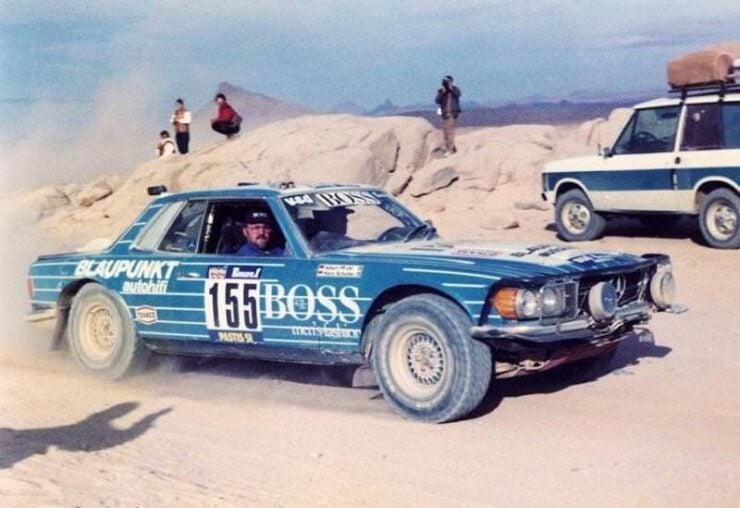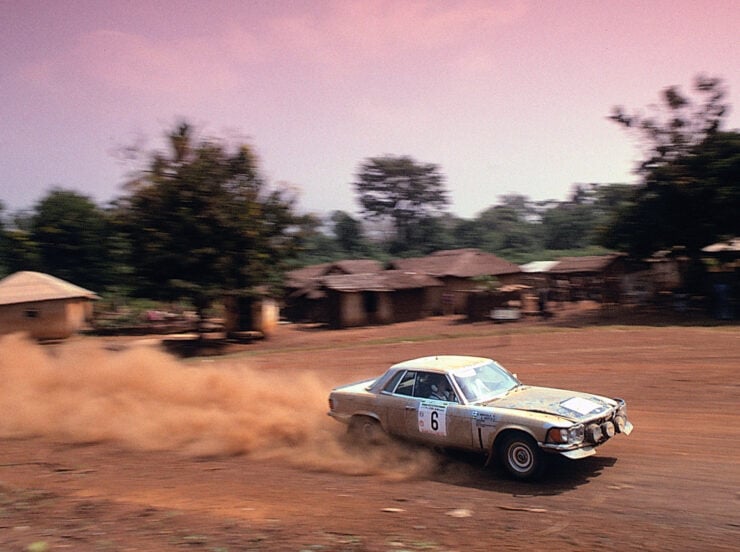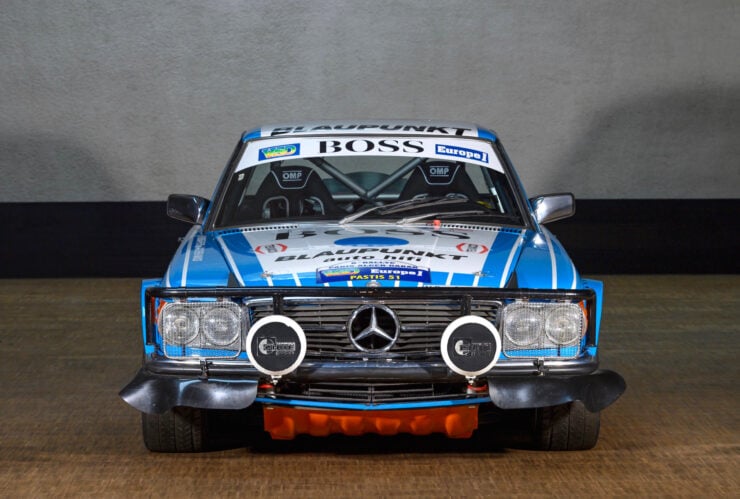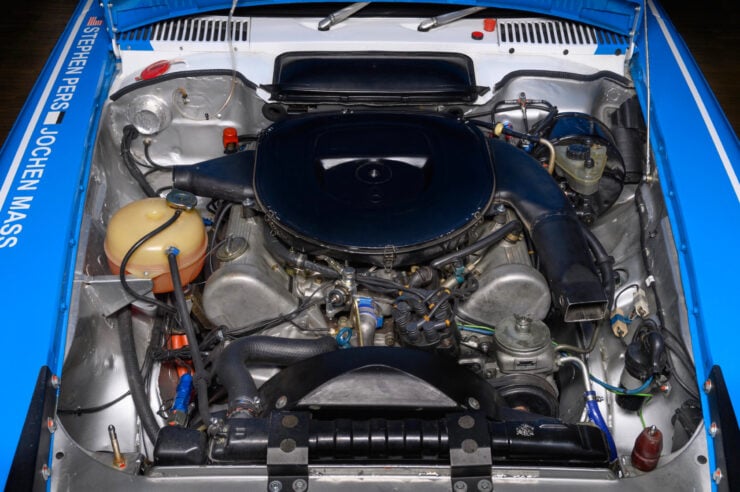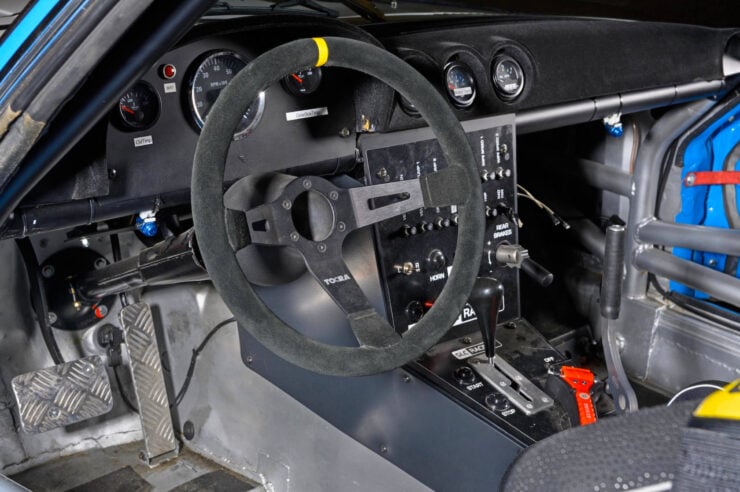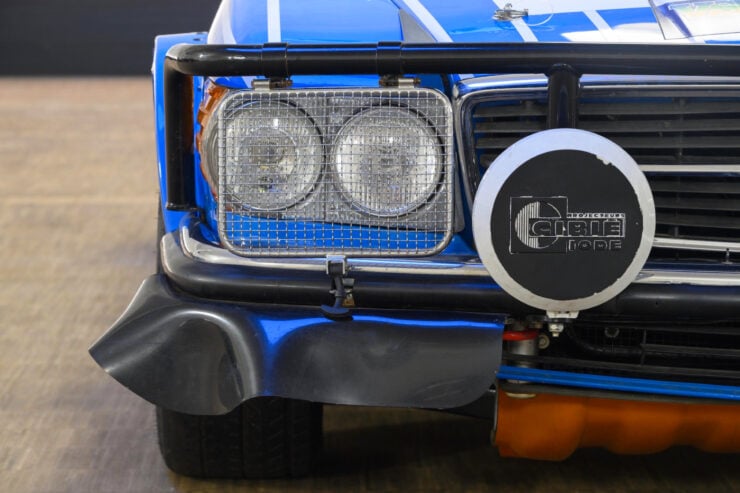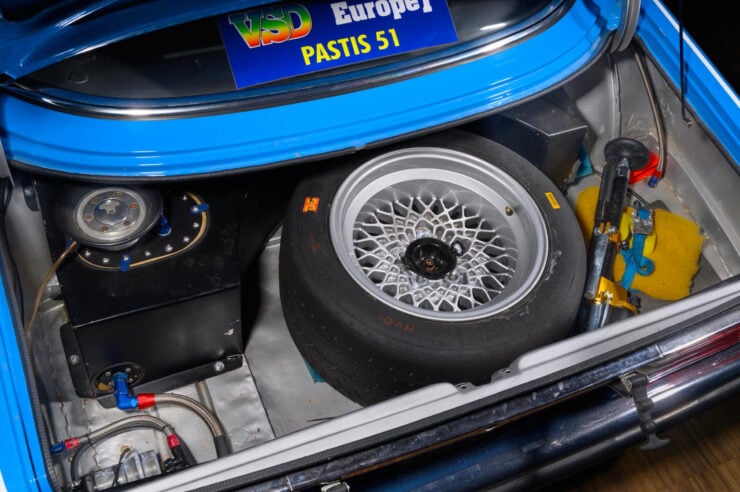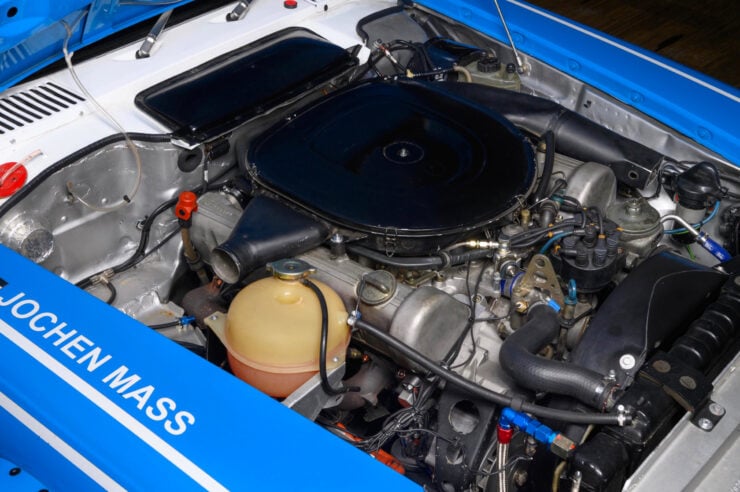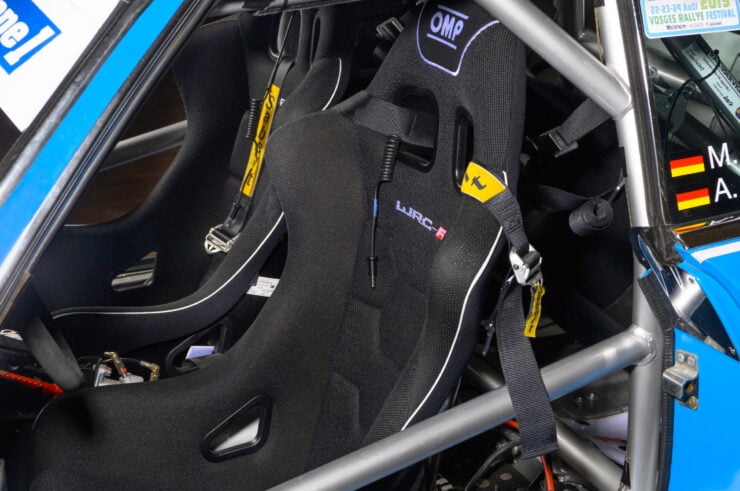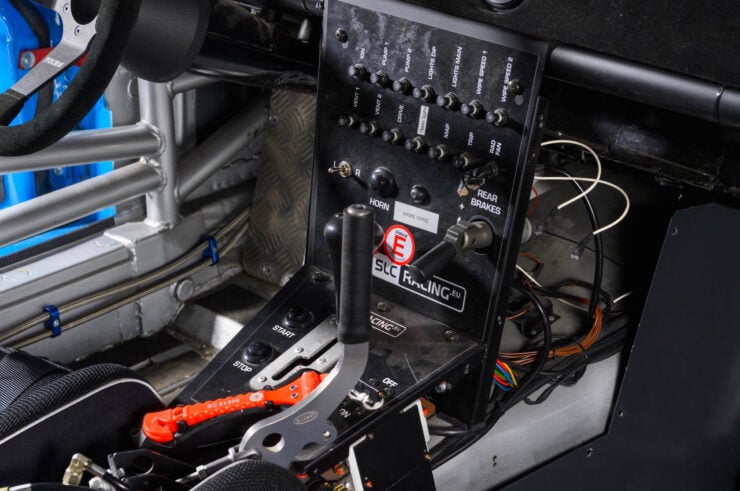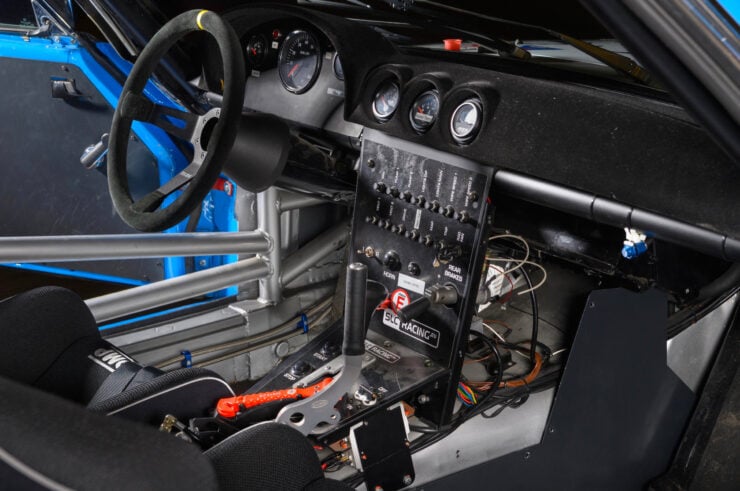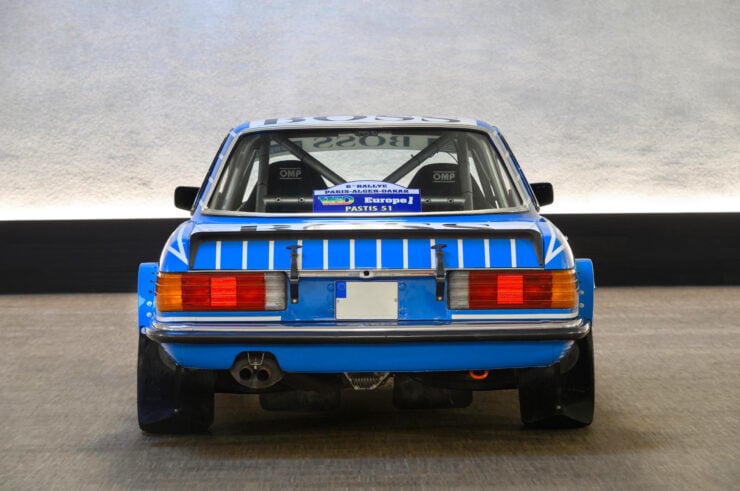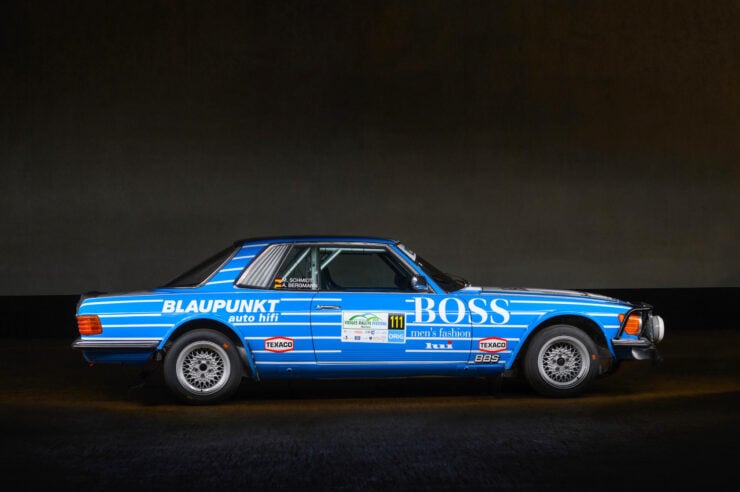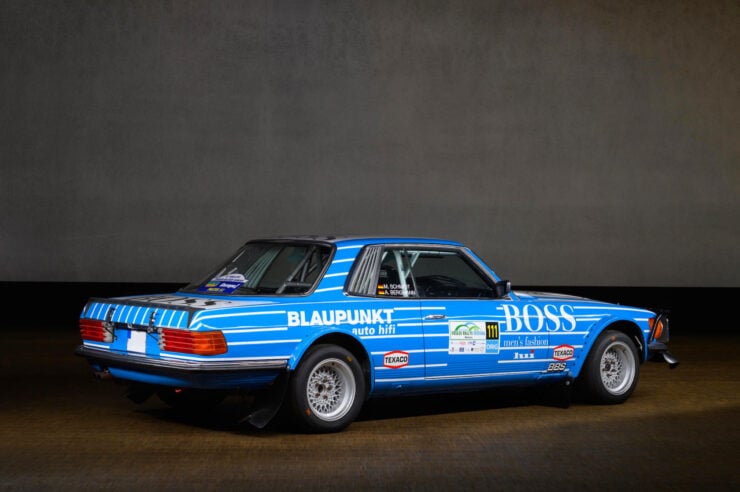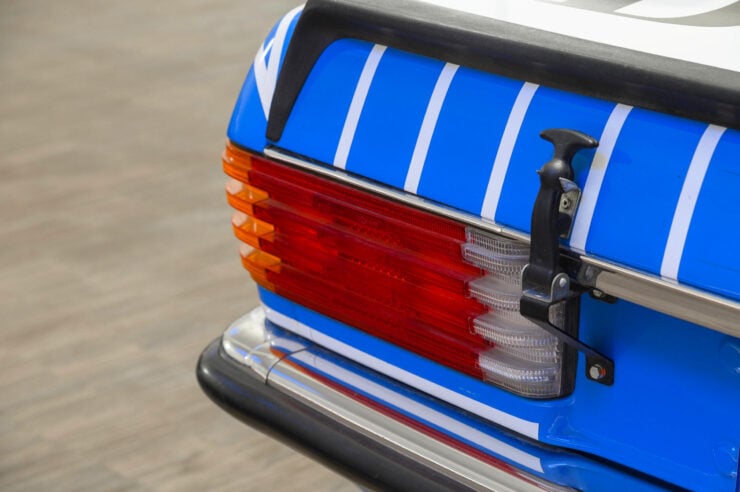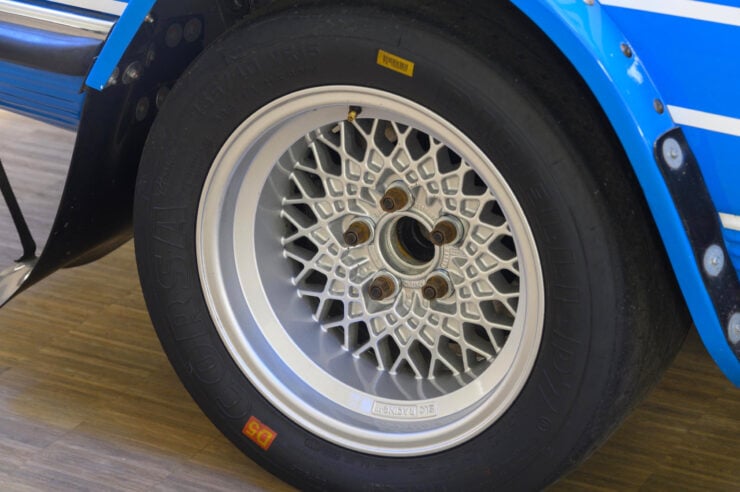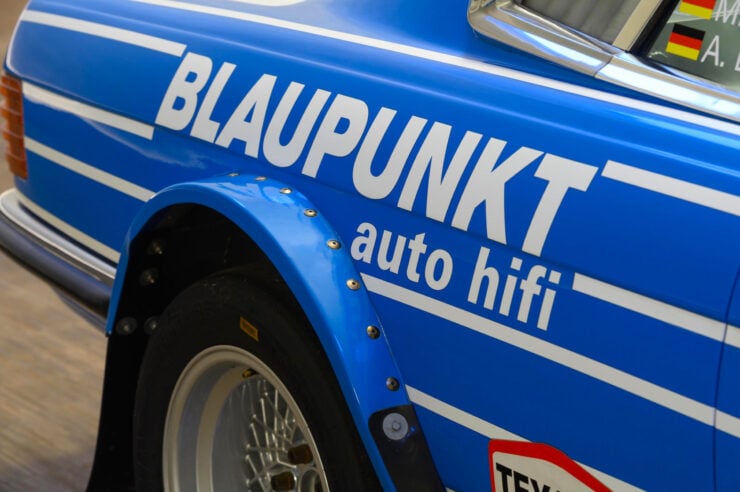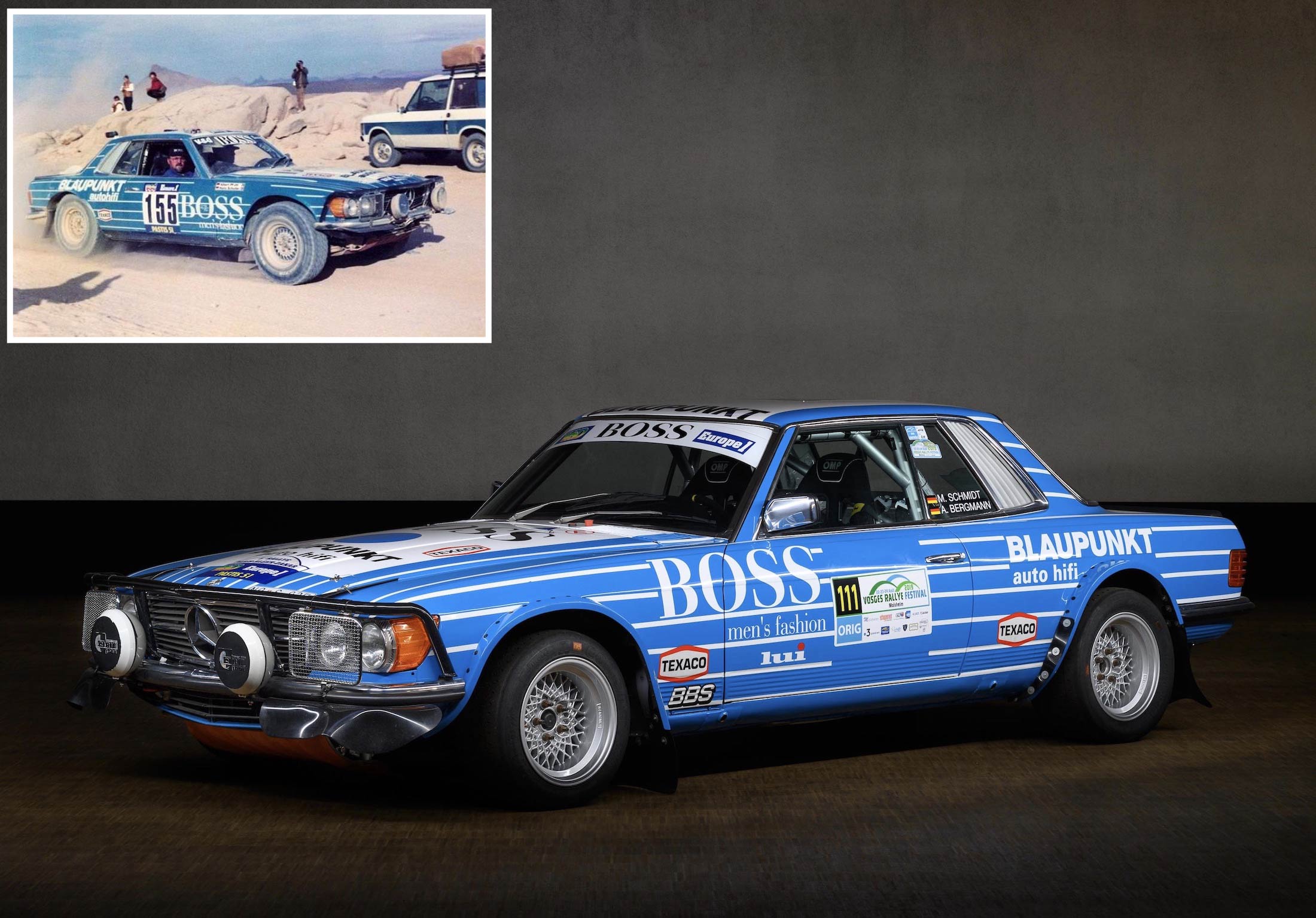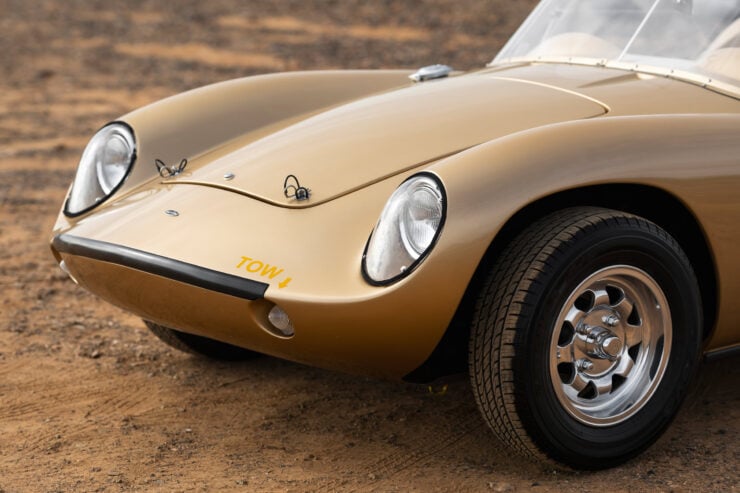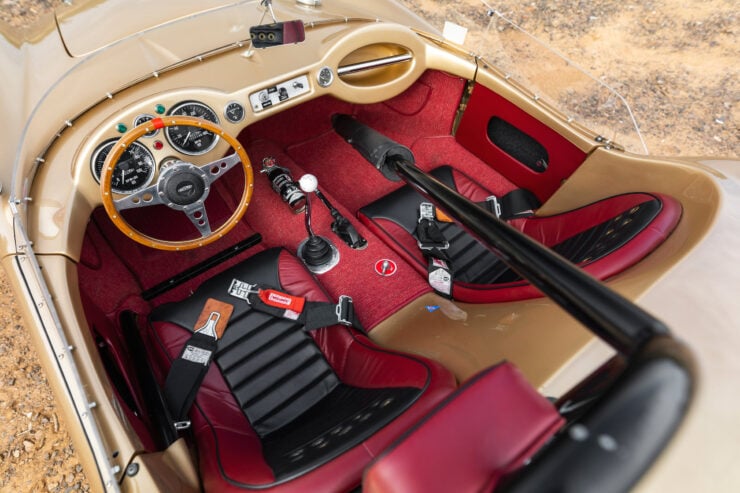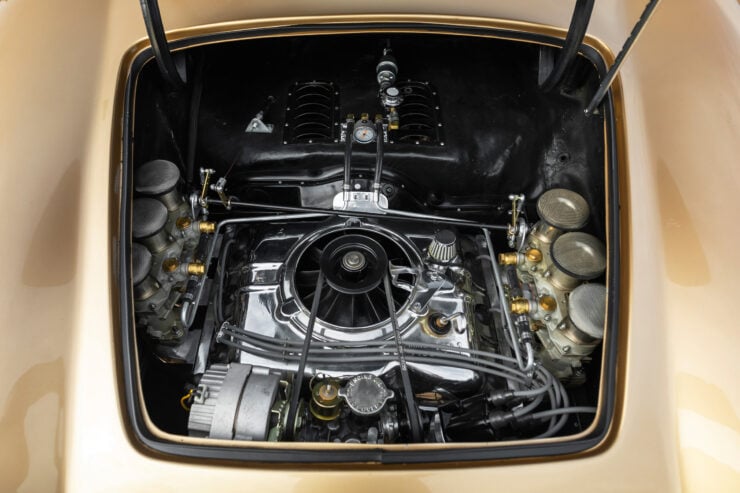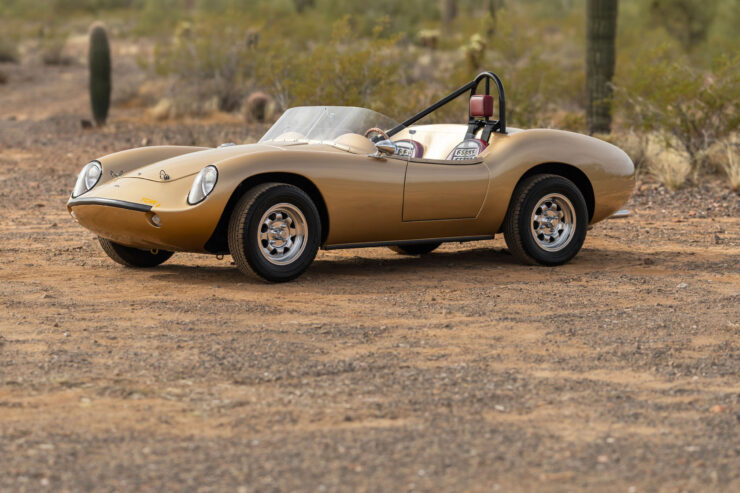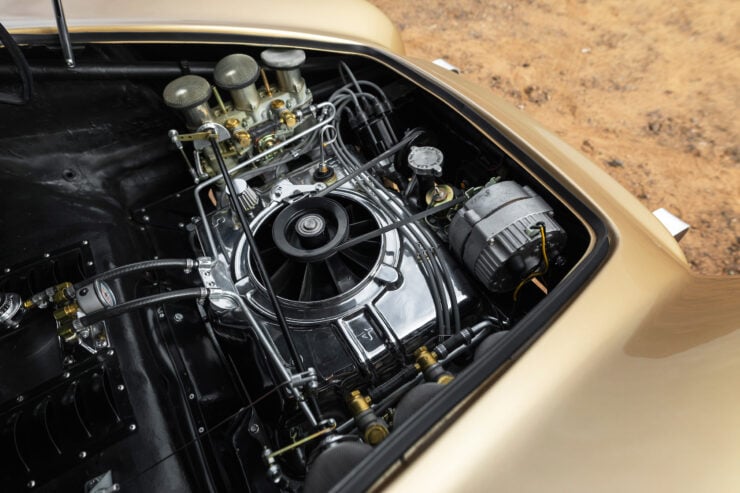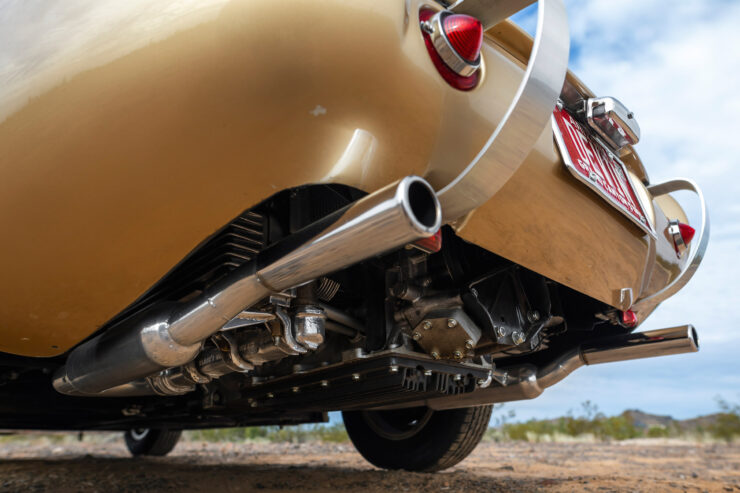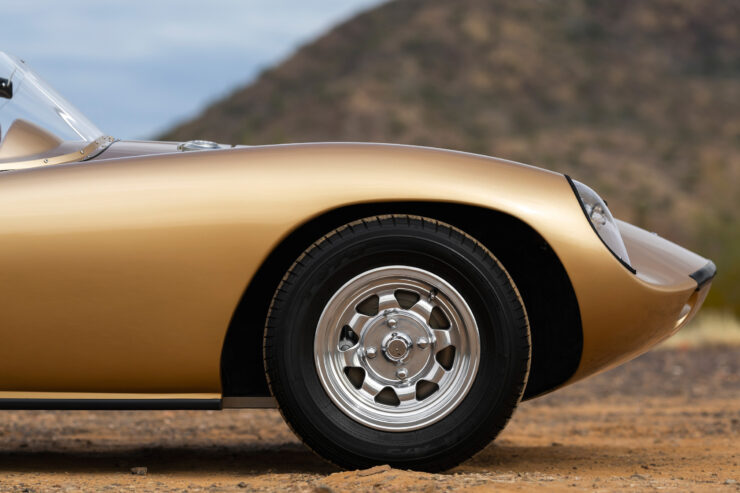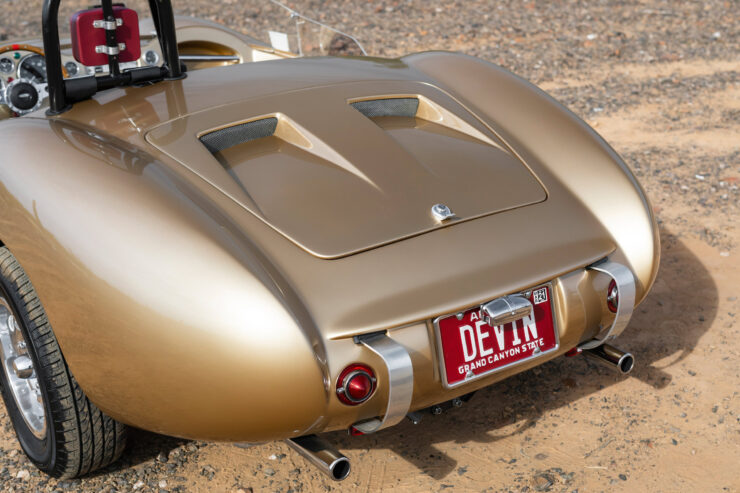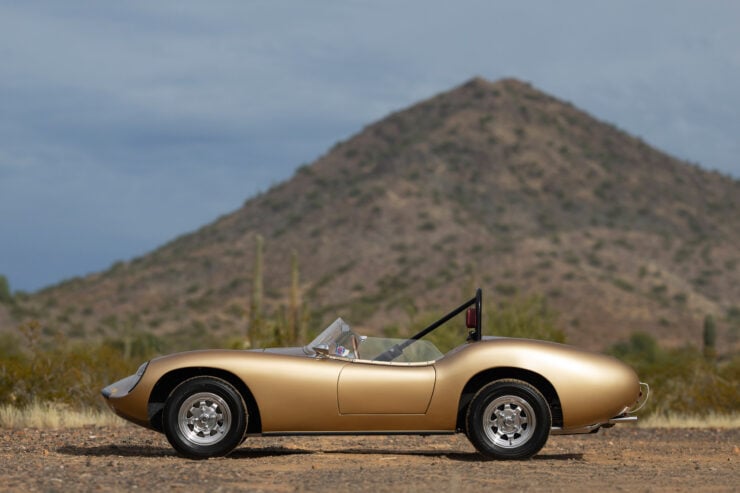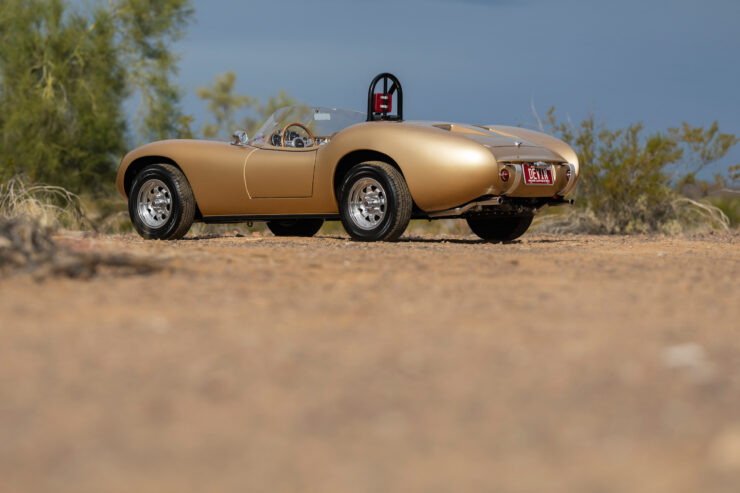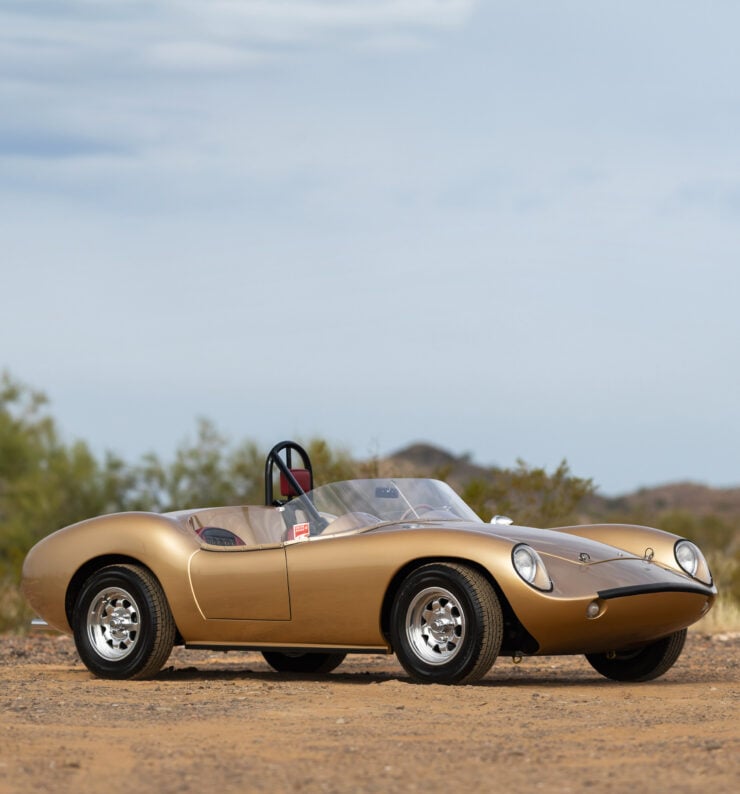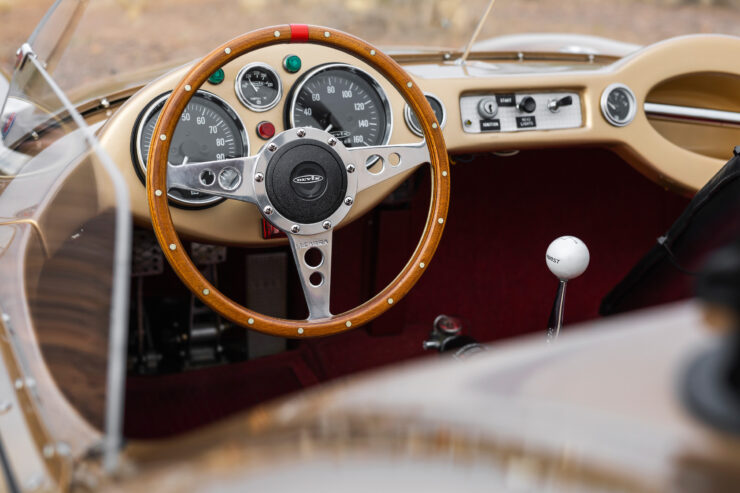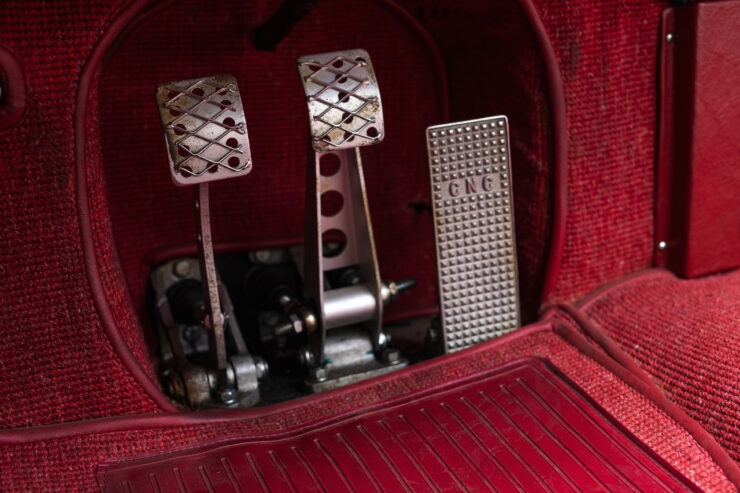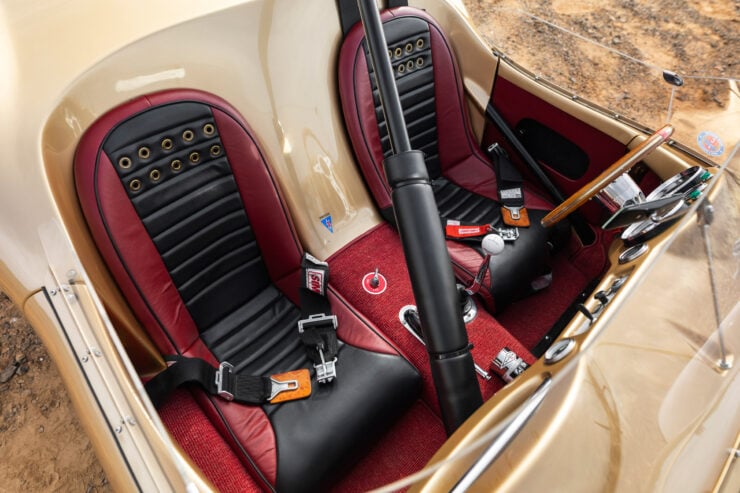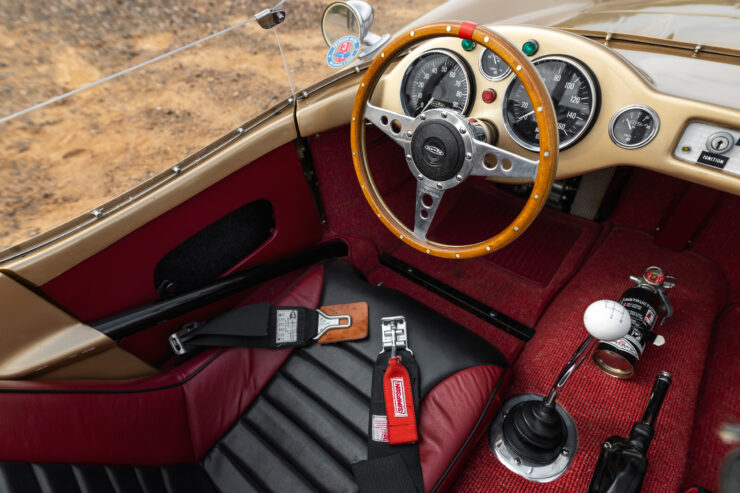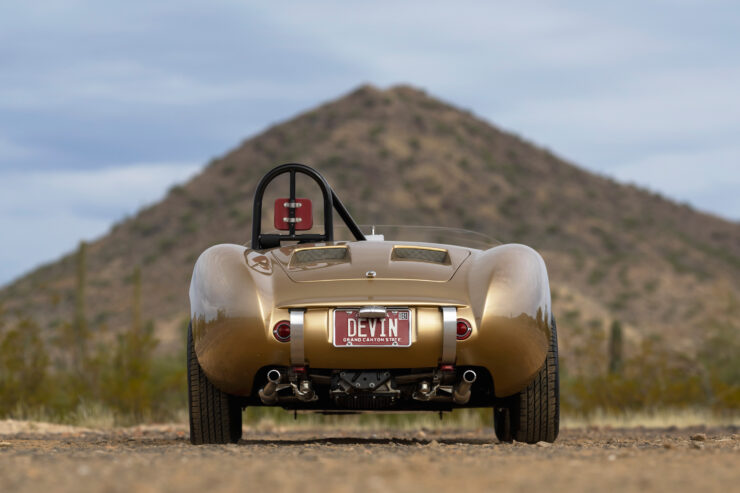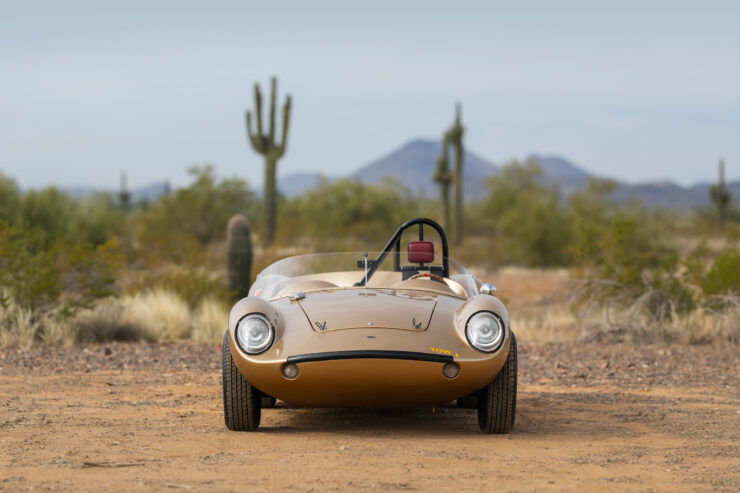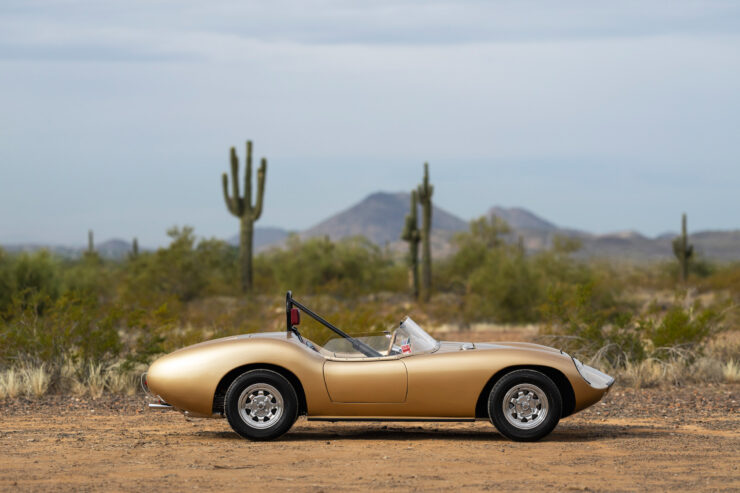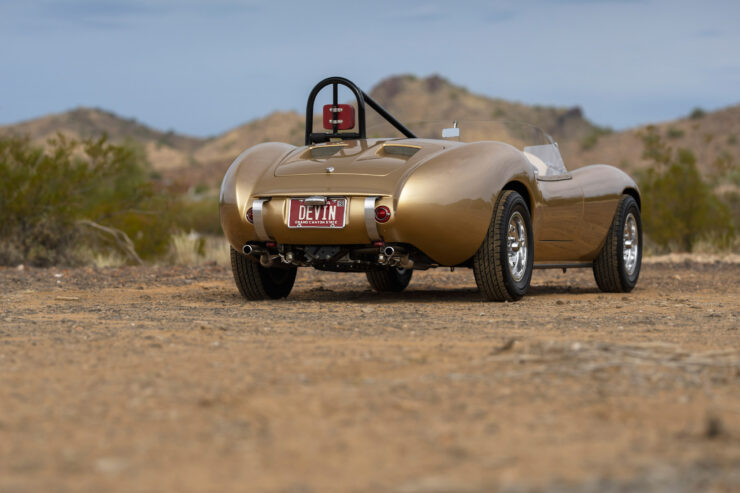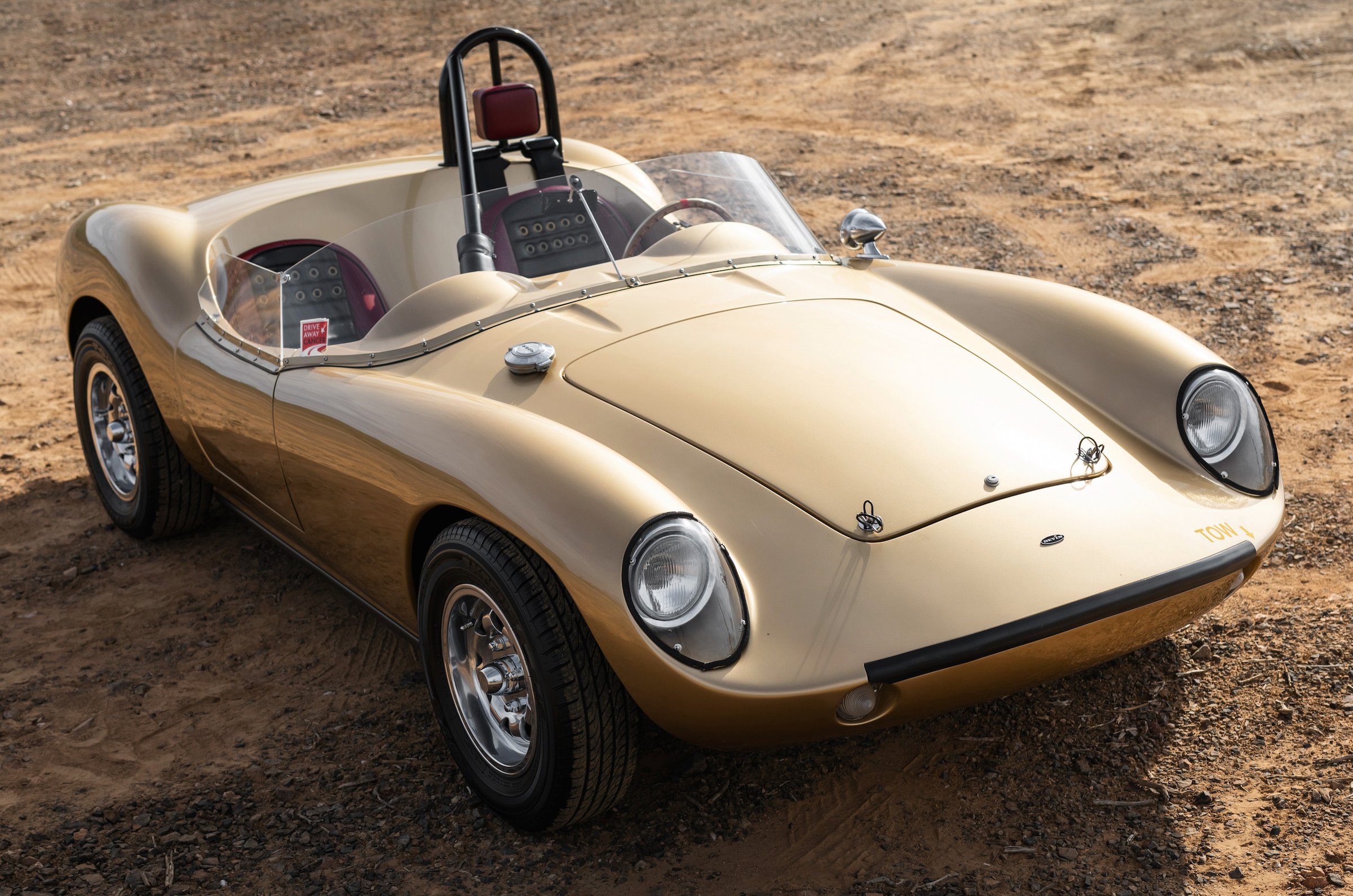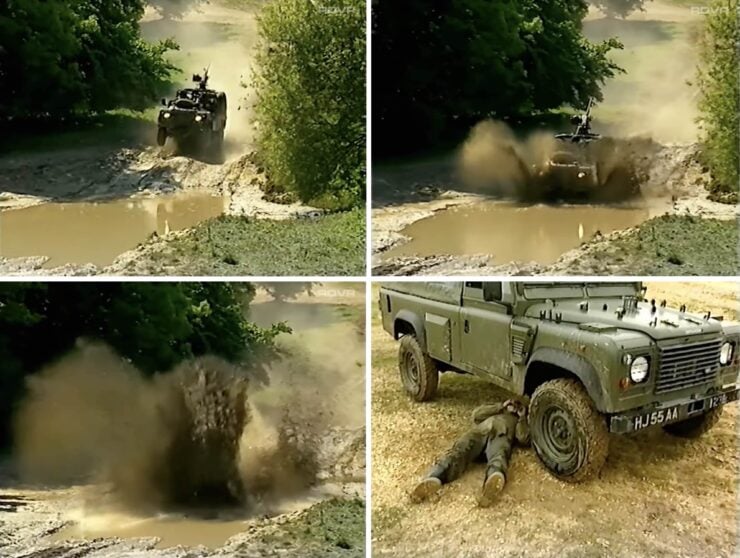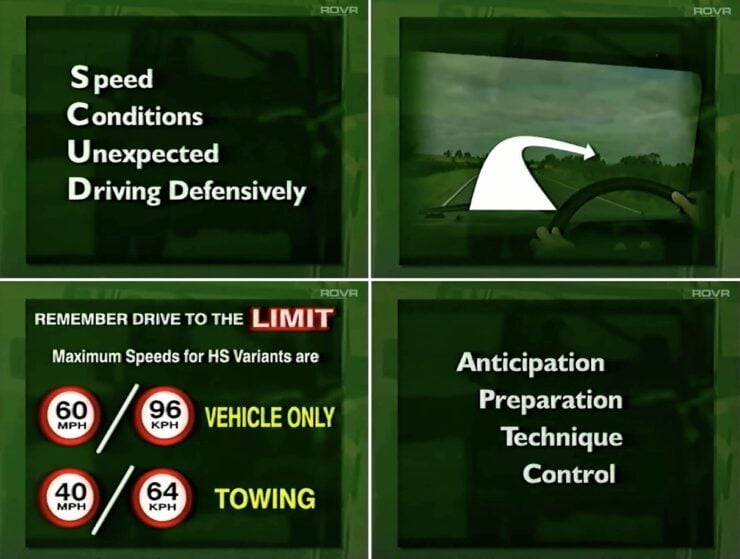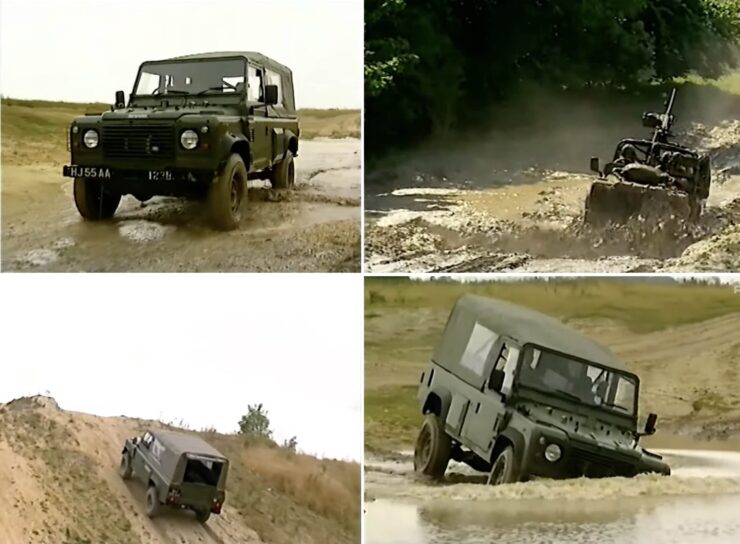This is a rare Jaguar XK 140 MC Roadster, it was the highest performance version of the XK140 offered to the public at the time of its release. The “MC” in the model name means the car was built to MC-specification, also known as Special Equipment or SE-specification in Europe.
The XK140 was already one of the fastest production cars in the world when it was introduced in 1954 to succeed the outgoing XK120 model. The MC version of the XK140 was fitted with race-derived cylinder heads, larger SU carburetors, heavy duty torsion bars, and a dual exhaust system for significantly improved performance.
Fast Facts – The Jaguar XK 140 MC Roadster
- The Jaguar XK120 had been a revolutionary sports car when it was released in 1949, it was the fastest production car of the time, and Clark Gable famously bought the first one built.
- When it came time to update the XK120, Jaguar engineers were careful not to change too much, they incorporated a slew of careful upgrades like rack and pinion steering, more legroom, a more powerful engine, uprated suspension, and better brakes.
- Power for the XK140 was provided by the Le Mans-winning 3.4 liter Jaguar XK DOHC straight-six, with 190 hp in standard trim and 210 hp in MC/SE trim.
- The Jaguar XK140 would remain in production from 1954 until 1957 at which point it was replaced by the XK150.
XK120 – The Origin Of Species
Collectors today view the XK140 as an almost perfect middle ground between the speed of the XK120 and the comfort of the later XK150. A slew of improvements were rolled into the XK140 to give it more power, better handling, better steering, better braking, and more interior space for passenger comfort than its predecessor.
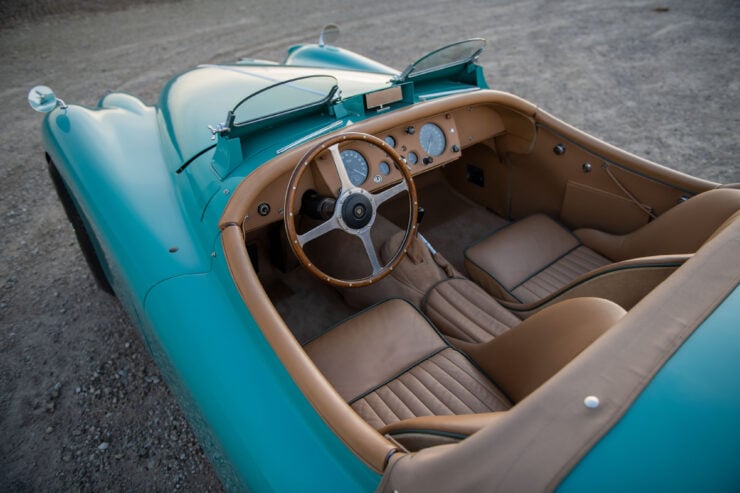
This XK140 is finished in the unusual color combination of Arbour Green over a Biscuit interior. It has twin Brooklands screens in place of a windshield, and it rides on Borrani wire wheels.
When the Jaguar XK120 concept car was first shown to the world in 1948, just three years after the end of WWII, the car caused such a global sensation that it was approved for a full production run.
The original plan had been to just use the XK120 as a way to show off the brand new Jaguar XK engine designed by Jaguar Chief Engineer William Heynes and his team. Though they didn’t know it at the time, this engine would power them to multiple wins in the 24 Hours of Le Mans, and it would stay in production for decades – until 1992 in fact.
Developing The Jaguar XK140
The XK120 had been such a runaway success for Jaguar that there must have been some trepidation about replacing it with a new model. As a result, it was decided to carefully upgrade the car and improve it rather than start anew.
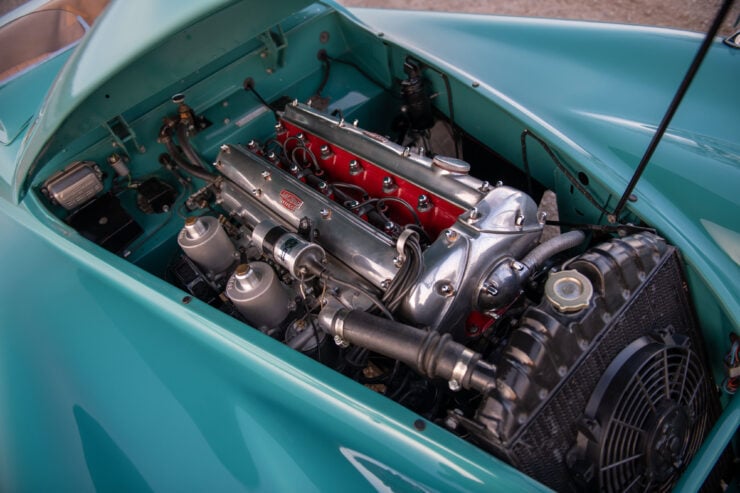
This is the MC or SE specification Jaguar XK140 straight-six, producing 210 bhp at 5,750 rpm, and sending power to the rear wheels via a four-speed transmission with overdrive.
Beginning in the engine bay, an uprated version of the 3.4 liter XK engine was fitted, with power increased by 10 bhp to 190 bhp at 5,500 rpm.
An SE or “Special Equipment” version was also offered, known as the “MC” in the United States. This car used the high-performance cylinder heads from the Jaguar C-Type Le Mans race car, along with largely SU carburetors, and dual exhaust pipes offering a power boost to 210 bhp at 5,750 rpm.
All versions of the XK140 were fitted with tubular shock absorbers in place of the older-style lever arm shocks used on the XK120. Rack and pinion steering was also fitted, as well as additional cabin space, more effective bumpers, flashing indicator lights, improved brakes, more suspension travel, and from 1956 onwards the car could be ordered with an automatic transmission.
As with the earlier XK120, the performance of the XK140 was brisk. The car had a tested top speed of over 125 mph (200+ km/h), it could do the 0-60 mph dash in 8.4 seconds, and it was good for a quarter mile time of 16.6 seconds at 84 mph.
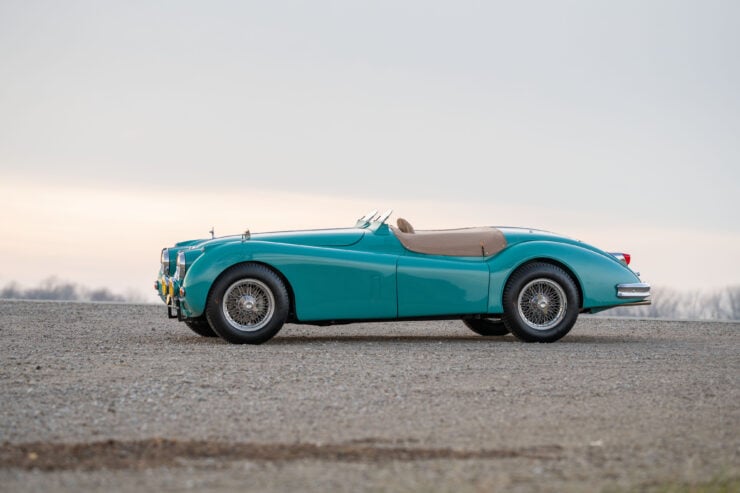
The XK series of Jaguars is regularly named among the most beautiful cars ever made, this profile image certainly makes it easy to see why.
Over the course of the 1954 to 1957 production run Jaguar would sell 8,937 examples of the XK140, they’re now highly prized by enthusiasts – particularly the SE/MC versions.
The Jaguar XK140 MC Roadster Shown Here
The car you see here is a Jaguar XK140 MC Roadster that was ordered new with the same colors it’s wearing now – an appealing combination of Arbour Green paint over a Biscuit interior.
This car left the factory as an MC car, with the added performance benefits that go along with it. It was recently restored by Doc’s Jags in Arizona, reportedly with the intention of running the modern Mille Miglia for which it’s eligible.
It’s due to cross the auction block on the 27th of January with a price guide of $130,000 – $160,000 USD. If you’d like to read more about the car or register to bid you can click here to visit the listing.

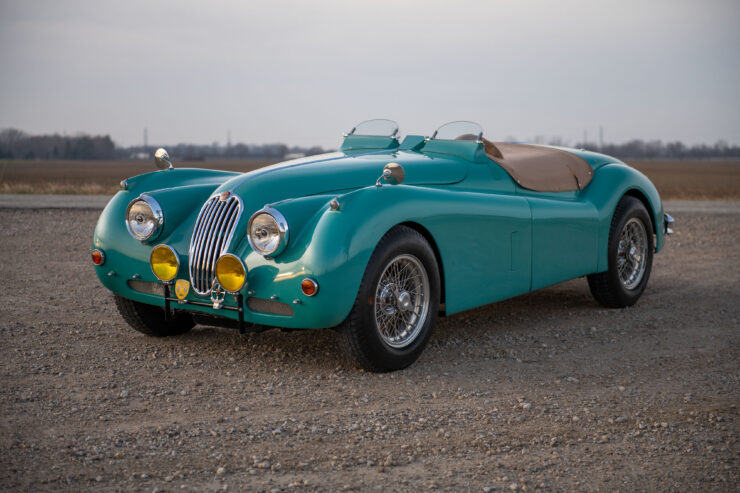

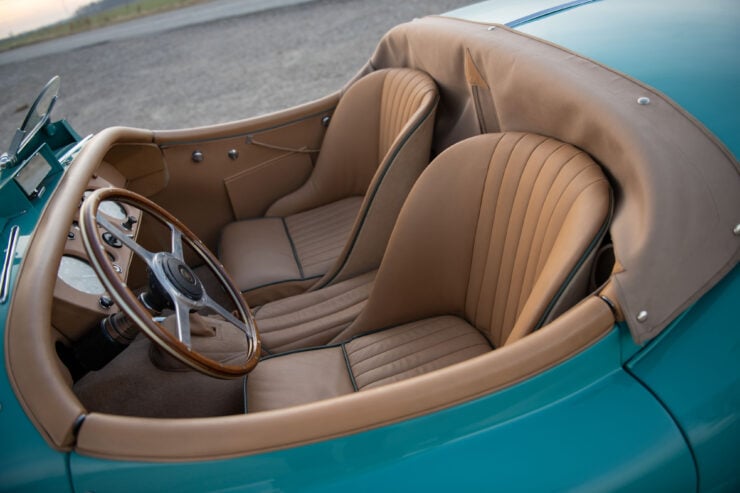
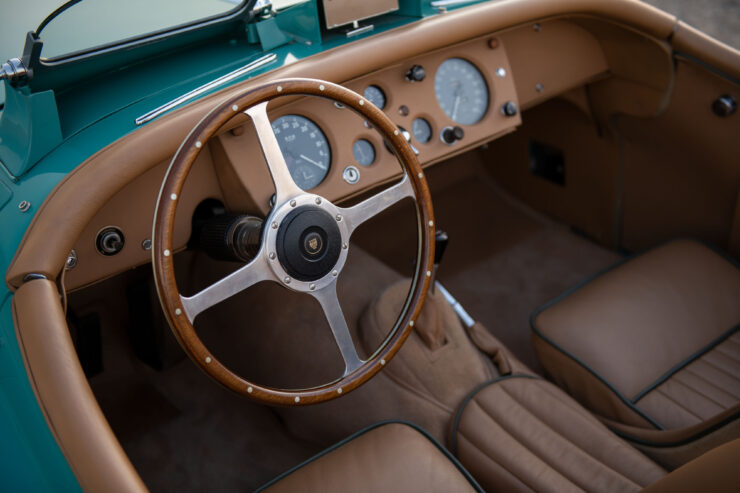
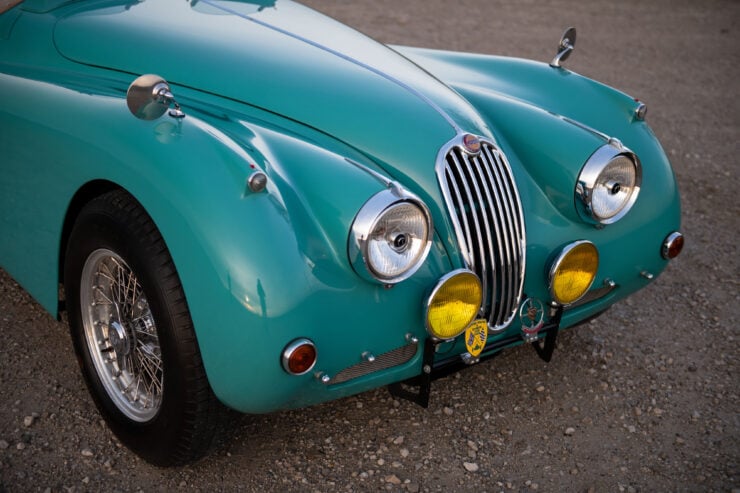
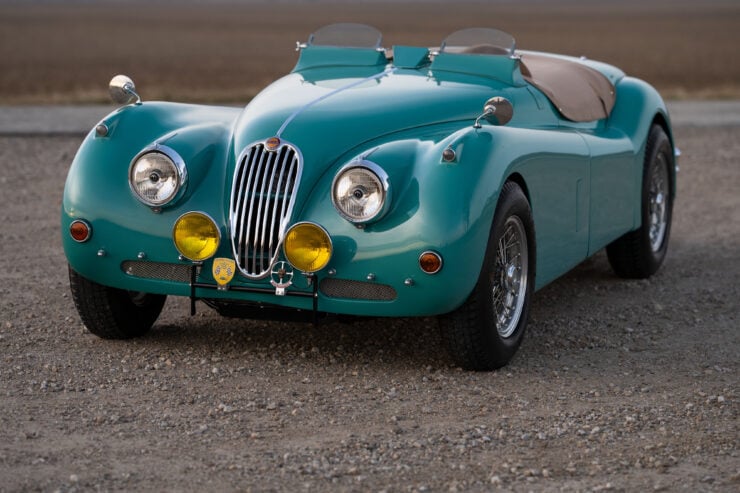
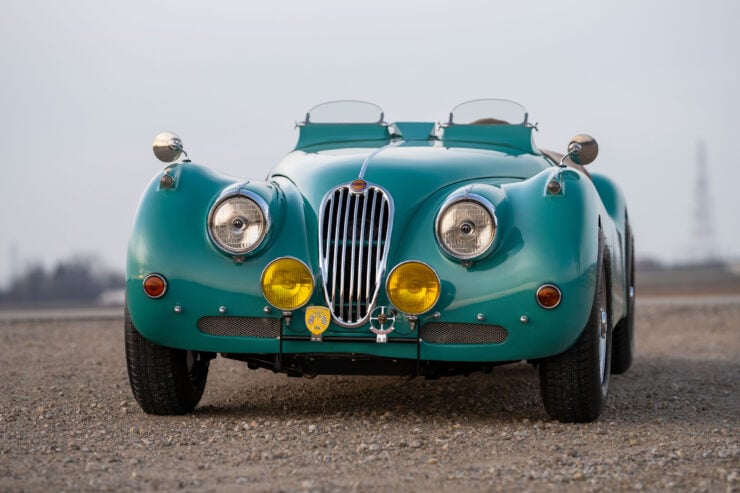
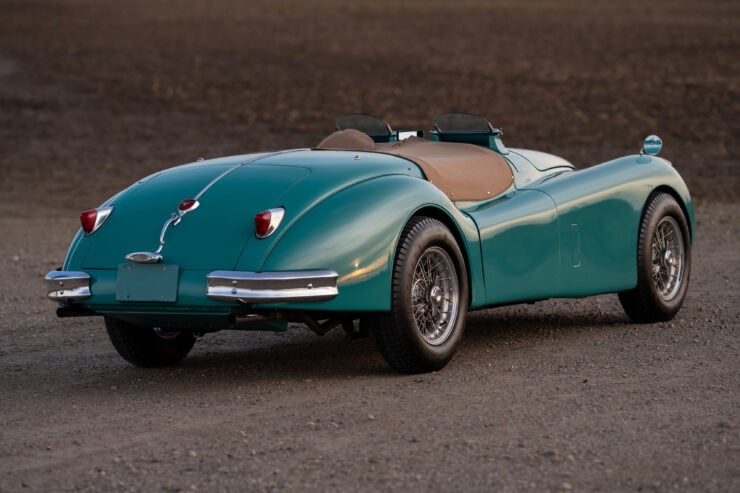
Images: Darin Schnabel ©2021 Courtesy of RM Sotheby’s
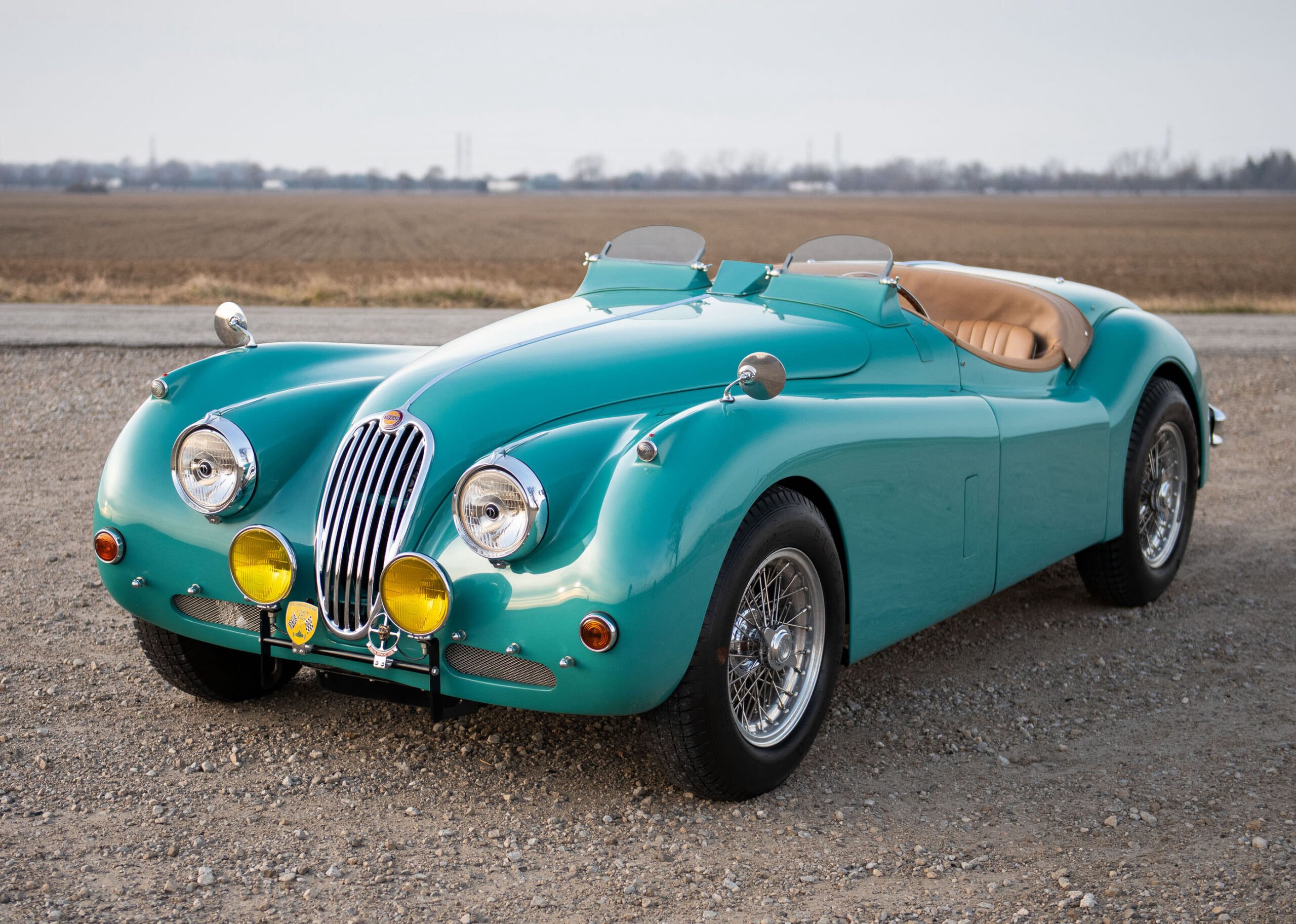
The post Mille Miglia Eligible Racer: A 1956 Jaguar XK140 MC Roadster appeared first on Silodrome.
from Silodrome https://silodrome.com/jaguar-xk140-mc-roadster/
via gqrds
